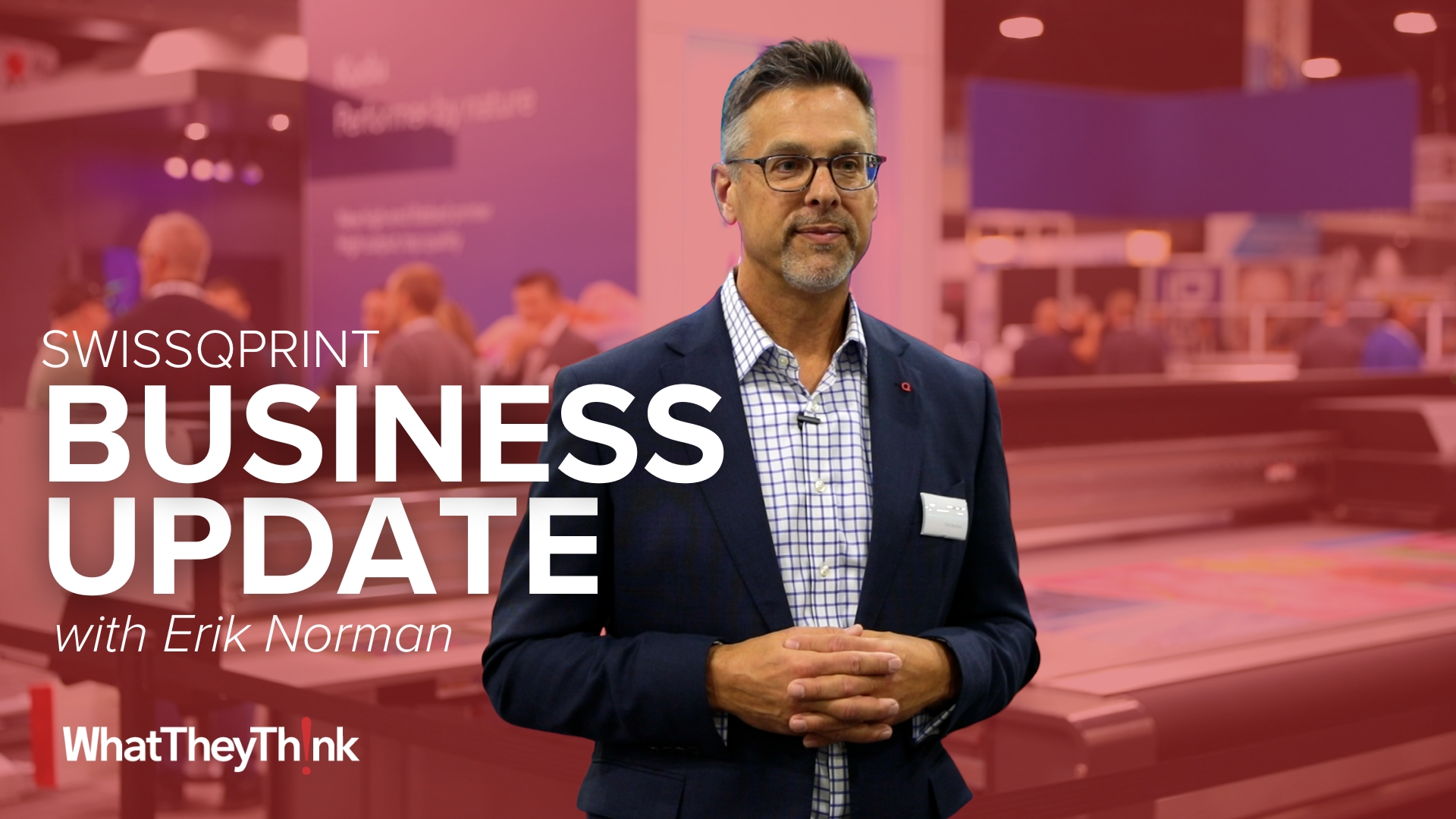Under Pressure, Consumers Push the Apparel Industry to More Viable Sustainable Practices
Press release from the issuing company
Solvent-based textile recycling technologies are unlikely to be widespread until closer to 2030, and investment is needed in currently nonexistent infrastructure, according to Lux Research
BOSTON, MA, JUNE 3, 2021 – As climate change concerns are moving to the forefront of consumer minds, the apparel industry has been under pressure to adopt sustainable practices. In the apparel industry, it is critical to develop robust textile recovery infrastructure and scale up textile recycling technologies that can handle mixed post-consumer textile waste, according to a new analysis from Lux Research, a leading provider of tech-enabled research and innovation advisory services.
Lux’s new report, “Closing the Loop: Understanding the Viability of Textile Recycling,” examines the viability of textile recycling through studying the techno-economics of solvent-based recycling technologies and textile waste collection. Lux asserts that building a clear understanding of advanced recycling technologies and developing an outlook for the future of textile waste is crucial for every stakeholder in the apparel value chain:
Material and chemical companies need to understand how textile recycling can create new market threats and opportunities.
Consumer-facing brands mapping out future sustainability strategies need to understand how the future development of textile recycling will affect product design.
Recyclers need to know which technologies will be economical and the outlook for adoption.
Government entities need to decide which technologies to endorse and how the outputs of these technologies fit into regulatory frameworks.
Investors need a clear picture of process economics to gauge possible returns.
The report finds that solvent-based textile recycling will struggle to turn a profit, as poor-quality textile waste streams drive down solvent recovery rates. It will be critical to develop collection and separation infrastructure concurrently with textile recycling to overcome this bottleneck. In the near term, recyclers will rely on pre-consumer textile scraps from textile mills and production facilities as well as hospital and hotel linens; in the longer term, brands will develop textile recovery infrastructure through resale channels with sorting capabilities.
“The textile supply chain and collection infrastructure must be developed side by side with textile recycling and be supported through multiple initiatives, including reuse, takeback programs, and municipal support,” explains Tiffany Hua, Senior Research Associate at Lux Research and lead author of the report. “Textile collection and sorting technologies will make or break the economics of apparel recycling.”
The report further concludes that consortia will be critical to developing the textile recycling infrastructure as an industry. With consumer pressure only increasing in the apparel industry, collective investment in these advancements will be vital for the years ahead. Download the executive summary of the report to learn more.
- Summary of Drupa 2024 inkjet announcements Production Print
- Inkjet driving insourcing for state in-plants
- Real World AI for the Printing Industry
- Harnessing the Power of Synergy: HP High Speed Inkjet and Indigo Liquid Toner Technologies
- KYOCERA NIXKA INKJET SYSTEMS (KNIS) INTRODUCES BELHARRA, THE NEW WAVE OF PHOTO PRINTERS
- New RISO Printing Unit Offers Easy Integration for Package Printing
- March 2024 Inkjet Installation Roundup
- Inkjet Integrator Profiles: Integrity Industrial Inkjet

WhatTheyThink is the official show daily media partner of drupa 2024. More info about drupa programs
© 2024 WhatTheyThink. All Rights Reserved.









Discussion
Join the discussion Sign In or Become a Member, doing so is simple and free